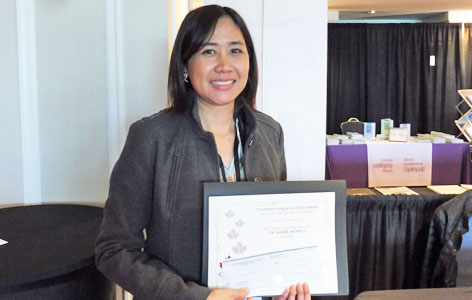
Conference: Canadian League against Epilepsy(CLAE), October 13-15, 2017, Vancouver, British Columbia, Canada.
Conference Highlight: CLAE brings together clinicians and scientists to share research and increase inter-disciplinary collaboration. Its ultimate aim is to improve Canadian epilepsy patients’ quality of life.
Conference Summary: The 2017 CLAE conference mainly discusses psychiatric, psychosocial and cognitive issues in epilepsy. Other topics included personalized therapy of epilepsy, pre- and post-surgical neuroimaging in epilepsy and utilization of epilepsy surgery.
One of the more interesting talks was on social outcomes after pediatric epilepsy surgery. The talk focused on how much and in what way pediatric epilepsy surgery impacts development and attainment of psychosocial relationships. The presenter reported the results from a long-term follow-up study in which current education, employment, income, and social factors were assessed in patients with and without seizures. They found that compared to patients with seizures, seizure-free patients were more likely to have a driver’s license and live more independently. However, patients with epilepsy in childhood earned significantly less income than the general population despite similar educational outcomes (Puka and Smith, 2016).
There was also an interesting scientific session on brainstem seizure and its relationship with autonomic dysfunction. One study found a relationship between forebrain seizures and brainstem hypoxia (lack of oxygen) in an experimental model of sudden unexpected death in epilepsy (SUDEP). They discovered that seizures initiated in the hippocampus propagate to the brainstem causing brainstem severe hypoxia. This can be rescued by a non-steroidal anti-inflammatory drug (cyclooxygenase-2 (COX-2) inhibitor), which directly targets COX-2, an enzyme that is responsible for inflammation and pain. In contrast, animals that were not treated with COX-2 inhibitors had respiratory problems and died due to cardiac arrest (Farrell et al., 2016). These results are in agreement with other studies on brainstem seizures which indicate that the spread of seizure activity triggered by a hippocampal focus to the brainstem slows respiration and heart rate. These findings support the idea that respiratory failure is potentially a primary cause of SUDEP (Dr. Peter Carlen, unpublished data).

